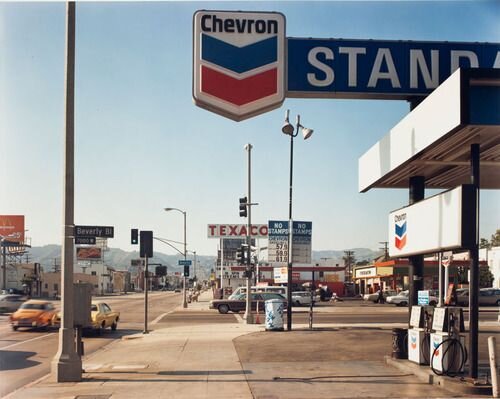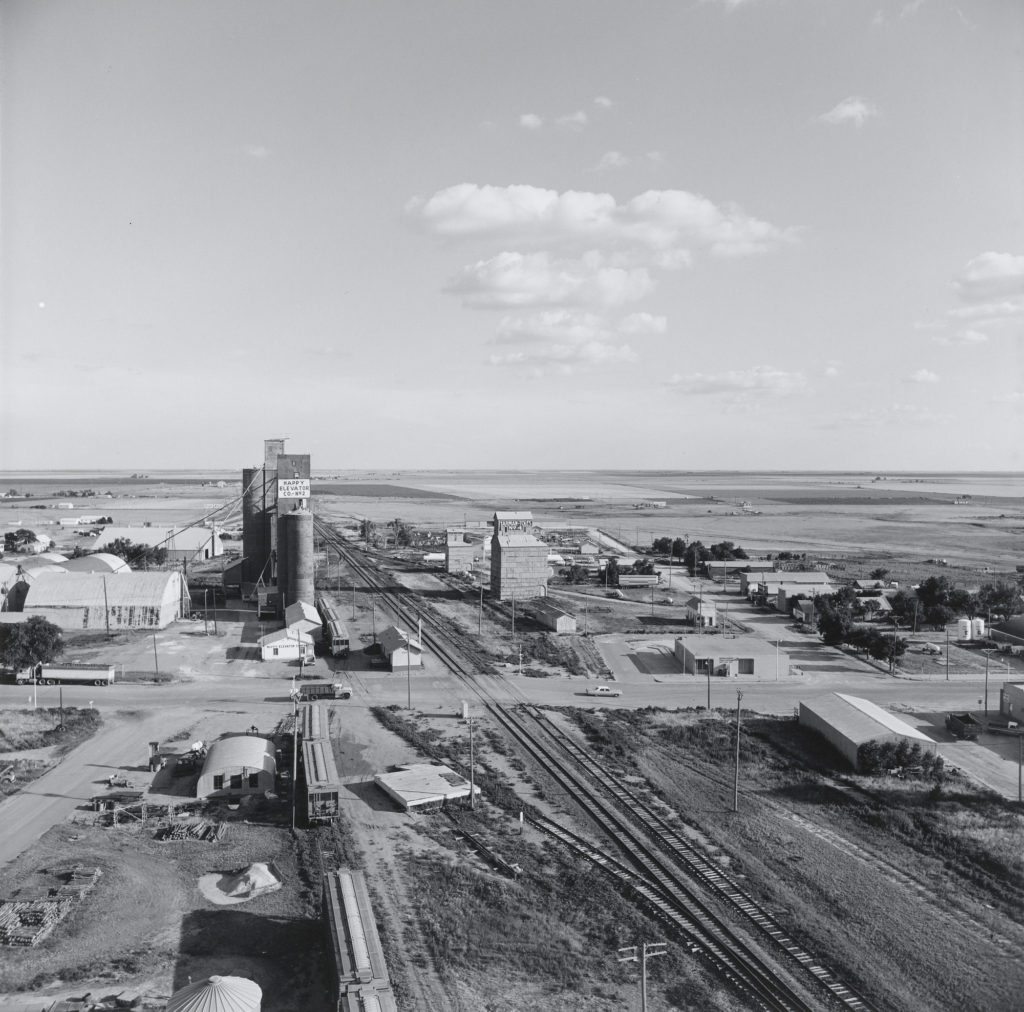New Topographic was the reaction to the post war suburbanisation of America documenting the growing unease with the natural landscape being eroded by industrial development it rejected the peaceful sublime photos of Ansel Adams and other ‘pure’ Photographers in favour of capturing man-made structure contrasting with the natural land scape straying from romanticism instead focusing on the stark industrialised scenes of the American west.



A Topograph is the Graphic representation of the surface features of a place or region on a map. ‘New Topographics’ focuses on the base representation of the industrial mixing with the natural landscape with the goal not to be skewed by romanticiation or artistic beauty. inspried by new objectivists like Albert Renger Patch New Topographics depicted everyday scenes and the mundane of daily life but free from distraction forcing the viewers to look at the suburbanization and urban desolation around them.
The 1975 New Topographic exhibition lead by William Jenkins which contained the works of eleven photographers to each show ten prints- Robert Adams, Bernd and Hilla Becher, Lewis Baltz, Joe Deal, Frank Gohlke, Nicholas Nixon, John Schott, Stephen Shore, and Henry Wessel Jr. Jenkins described in the show catalogue “a problem of style:” “stylistic anonymity“ the hope to achieve an absence of style.

Lewis Baltz’ photography consisted of the search to find beauty in stark bleak landscape reflecting human control by photographing common architecture factories, car parks, stations ect.
New topographers often focused on line as buildings have harsh unnatural lines that contrasted with the sloping + flowing landscape.
